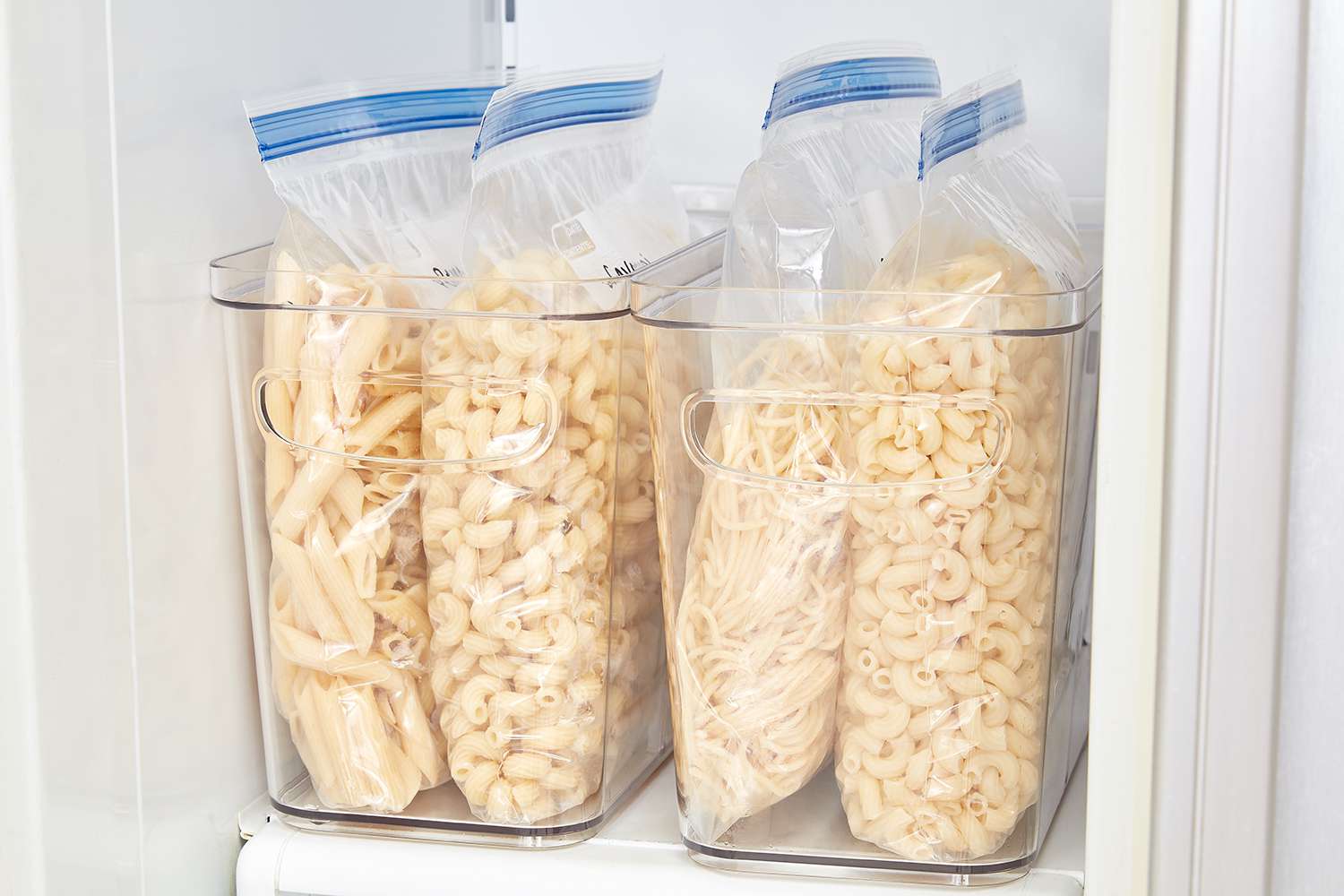

Articles
How To Store Cooked Pasta Without Sticking
Modified: August 25, 2024
Learn the best methods for storing cooked pasta without it sticking. Read our informative articles for tips and tricks on keeping your pasta fresh and delicious.
(Many of the links in this article redirect to a specific reviewed product. Your purchase of these products through affiliate links helps to generate commission for Storables.com, at no extra cost. Learn more)
Introduction
There’s nothing quite like a plate of perfectly cooked pasta. Whether you prefer it al dente or well-done, pasta is a versatile and comforting dish that can be enjoyed in various ways. However, one common challenge that many home cooks face is how to store cooked pasta without it sticking together.
When leftover pasta is stored improperly, it tends to clump together, making it unappetizing and difficult to separate. The result is a sticky mess that falls short of the delicious pasta dish you originally enjoyed. But fear not! With a few simple tips and tricks, you can store your cooked pasta without it sticking, ensuring that every serving is as delightful as the first.
In this article, we’ll explore the reasons why cooked pasta tends to stick together and provide you with effective methods to prevent this issue. Whether you plan on saving some for a future meal or need to reheat leftover pasta, these techniques will help you maintain the perfect texture and taste of your pasta dishes.
Key Takeaways:
- Say goodbye to sticky pasta by not rinsing it after cooking and adding a light coating of oil. Spread it out, use airtight containers, and consume within a few days for perfect pasta every time.
- Olive oil acts as a natural barrier to prevent pasta from sticking. When storing pasta with sauce, cool it down, separate the strands, and add a thin layer of sauce on top for optimal results.
Read more: How To Store Cooked Noodles Without Sticking
Why Cooked Pasta Sticks Together
Have you ever wondered why cooked pasta has a tendency to stick together? The key culprit is starch. When pasta is cooked in boiling water, the starches in the pasta are released, resulting in a sticky surface. As the pasta cools down and sits for a while, these starches start to form a glue-like substance, causing the strands to cling together.
Another factor that contributes to pasta sticking is overcooking. When pasta is cooked for too long, it can become mushy and release even more starch. This excess starch makes the pasta more prone to sticking together when it’s stored.
The type of pasta you use can also affect its stickiness. Some varieties, such as fresh pasta or thin pasta shapes like angel hair, tend to stick together more easily compared to thicker pasta shapes like penne or rigatoni. The surface area of the pasta, along with its smoothness, plays a role in how much starch is released and ultimately, how much it sticks together.
Additionally, the way you cool down and store the cooked pasta can have an impact. If you let the pasta sit in a clump or in a container where the strands are tightly packed, it increases the chances of sticking. Properly cooling and storing the pasta can help minimize this issue.
Understanding why pasta sticks together is the first step in finding the solution. By implementing the right techniques and approaches, you can prevent the frustration of dealing with a sticky mess and enjoy your leftover pasta just as much as the freshly cooked batch.
Tips for Storing Cooked Pasta without Sticking
When it comes to storing cooked pasta without it sticking together, a few simple tips can make a world of difference. Follow these recommendations to ensure that your leftover pasta stays separated and ready for your next meal:
- Do not rinse the pasta after cooking: While rinsing pasta may seem like a good idea to remove excess starch and prevent sticking, it actually washes away the starch that helps sauce adhere to the pasta. Instead, simply drain the cooked pasta to remove the excess water.
- Add a little oil: Tossing your cooked pasta with a small amount of oil can help prevent sticking. Lightly coat the pasta with olive oil, vegetable oil, or any other neutral oil before storing it. The oil will create a barrier between the strands, preventing them from sticking together.
- Spread it out: Instead of storing your cooked pasta in a clump, spread it out on a baking sheet or large surface. This will allow the pasta to cool down and dry out slightly, reducing the chances of sticking. Make sure to separate the strands using a fork or tongs.
- Use airtight containers or bags: When storing the pasta, choose a container or resealable bag that provides an airtight seal. This will help maintain the freshness of the pasta and prevent moisture from getting in, which can contribute to sticking. Label the container with the date to keep track of freshness.
- Store it in the fridge: Cooked pasta should be stored in the refrigerator to keep it fresh and safe to eat. Place the container in the fridge as soon as the pasta has cooled down. Avoid leaving it at room temperature for too long, as this can promote bacterial growth.
- Consume within a few days: While cooked pasta can be safely stored in the refrigerator for a few days, it is best to consume it within 3-4 days to ensure optimal quality. The longer it sits in the fridge, the higher the likelihood of it sticking together.
By following these tips, you can store your cooked pasta in a way that prevents it from sticking together and preserves its taste and texture. With a little bit of planning and proper storage, you can enjoy delicious pasta meals even when cooking in advance or saving leftovers for later.
Using Olive Oil to Prevent Pasta from Sticking
Olive oil is often hailed as a versatile and healthy ingredient in cooking, and it can also be a helpful tool in preventing cooked pasta from sticking together. Here’s how you can use olive oil to ensure your pasta retains its individual strands:
1. Toss the pasta with a small amount of olive oil: Once your pasta is cooked and drained, transfer it to a mixing bowl. Drizzle a tablespoon of olive oil over the pasta and gently toss it to coat the strands evenly. Be sure to use just enough oil to create a thin coating without making the pasta excessively oily.
2. Separate the strands: After tossing the pasta with olive oil, use a fork or tongs to separate the strands and ensure they are not clumped together. This will help the oil distribute evenly and create a protective barrier between the pasta strands, preventing them from sticking.
3. Let the pasta cool down: Allow the pasta to cool down for a few minutes before transferring it to a storage container. This will give the olive oil time to solidify slightly and further prevent the pasta from sticking together.
4. Store in an airtight container: Transfer the olive oil-coated pasta to an airtight container or resealable bag for storage. Make sure the container is tightly sealed to prevent air and moisture from reaching the pasta. Label the container with the date to keep track of freshness.
5. Use within a few days: While olive oil helps prevent pasta from sticking, it is still important to consume it within a few days for best results. The longer the pasta sits, the higher the chances of it sticking together due to moisture absorption or air exposure.
Olive oil not only adds a subtle flavor to the pasta but also acts as a natural lubricant to keep the individual strands separated. It serves as a protective layer against the sticky starches, making it easier to reheat and enjoy the pasta without the hassle of clumpy noodles.
Remember, olive oil is not the only method to prevent sticking, so feel free to experiment with other techniques such as spreading out the pasta or using alternative coatings like vegetable oil. The goal is to create a barrier between the strands to maintain their integrity and texture until you’re ready to enjoy the pasta again.
Storing Cooked Pasta with Sauce
If you have leftover pasta that’s already been tossed in sauce, storing it can be a bit trickier as the sauce itself adds moisture to the equation. However, with the right approach, you can still keep your pasta from sticking together even when it’s combined with sauce. Here’s how:
1. Cool down the pasta-sauce mixture: Allow the cooked pasta with sauce to cool down for a few minutes before proceeding with storage. This will help the sauce settle and thicken slightly, reducing the chances of it getting absorbed into the pasta and causing sticking.
2. Separate the strands: Just like with plain cooked pasta, gently separate the strands using a fork or tongs to ensure they don’t clump together. This step is crucial, as it helps create space between the noodles and prevents the sauce from uniting them into a sticky mass.
3. Store in a shallow container: Instead of packing the pasta tightly into a deep container, opt for a shallow container or a baking dish. The wider surface area will allow the pasta to spread out and cool down more evenly, reducing the chances of sticking. Make sure to cover the container tightly with a lid or plastic wrap to maintain freshness.
4. Add a thin layer of sauce on top: Before storing, consider adding a thin layer of sauce on top of the pasta. This serves as an additional barrier between the strands and helps prevent moisture absorption. Just ensure that the sauce layer is not too thick, as it can make reheating more challenging and potentially lead to overcooked pasta.
5. Store in the refrigerator: Once the pasta is properly stored in the shallow container, place it in the refrigerator as soon as possible. Keeping it chilled will slow down any potential bacterial growth and help maintain the quality of both the pasta and the sauce.
6. Opt for reheating in the oven or stovetop: When it’s time to reheat the pasta, using the oven or stovetop method is generally more effective than microwaving. This allows for more even heating and prevents the pasta from becoming too soft or sticky. Simply add a little extra sauce or a splash of water before heating to prevent drying out.
By following these steps, you can store cooked pasta with sauce without worrying about it sticking together. Proper storage techniques paired with appropriate reheating methods will help ensure that each serving is as delicious and enjoyable as the first. So go ahead, savor your saucy pasta dishes even when there’s some left for later!
After cooking pasta, toss it with a little olive oil to prevent sticking. Store it in an airtight container in the refrigerator for up to 5 days.
Read more: How To Store Cooked Pasta Without Sauce
Freezing Cooked Pasta Properly
Freezing cooked pasta is a convenient way to preserve it for future use, whether you’re meal prepping or simply looking to save leftovers. However, it’s important to freeze the pasta properly to maintain its texture and prevent it from sticking together. Here are some steps to freeze cooked pasta properly:
1. Cool down the pasta: Allow the cooked pasta to cool down completely before freezing. This will help maintain its texture and prevent excess moisture from accumulating during the freezing process. Spread the pasta out on a baking sheet or a large surface to cool down more quickly and evenly.
2. Portion the pasta: Divide the cooled pasta into smaller portions based on your future meal needs. This will make it easier to defrost and use only the desired amount without thawing the entire batch. Consider portioning the pasta based on individual or family-sized servings to make meal planning more convenient.
3. Use freezer-safe containers or bags: Transfer the portions of cooked pasta into freezer-safe containers or resealable bags. Ensure that the containers or bags are specifically designed for freezer storage to prevent freezer burn and maintain the quality of the pasta. Remove as much air as possible from the bags before sealing to minimize the risk of moisture accumulation.
4. Label and date the containers: Before placing the pasta in the freezer, label each container or bag with the date of freezing. This will help you keep track of the storage time and ensure that you use the oldest pasta first to maintain freshness.
5. Freeze promptly: Once the pasta is properly packaged and labeled, place it in the freezer as soon as possible. The quicker it freezes, the better it will retain its texture and taste. Make sure there is enough space between the containers to allow for proper air circulation and uniform freezing.
6. Thawing and reheating frozen pasta: When you’re ready to enjoy the frozen pasta, make sure to thaw it safely. The best way to do this is by transferring the frozen pasta to the refrigerator and allowing it to defrost overnight. Once thawed, reheat the pasta using your preferred method, such as stovetop or oven, ensuring it’s heated thoroughly.
Properly freezing cooked pasta not only ensures its longevity but also helps maintain its quality when it’s time to enjoy it again. By following these steps, you can have a stash of delicious pasta ready to be reheated and savored whenever the craving strikes. So go ahead and freeze your excess pasta without worrying about it sticking together or losing its deliciousness!
Reheating Pasta without Stickiness
When it comes to reheating leftover pasta, preventing stickiness is crucial to ensure an enjoyable dining experience. Follow these tips to reheat your pasta without it sticking together:
1. Stovetop method: The stovetop method is often the preferred way to reheat pasta as it allows for more control over the heat and prevents the pasta from becoming overcooked or mushy. To use this method, add a small amount of olive oil or sauce to a non-stick skillet over medium heat. Once the oil or sauce is heated, add the pasta and toss gently to coat it in the oil or sauce. Stir occasionally until the pasta is heated through.
2. Oven method: If you have a large batch of pasta to reheat, the oven method can be a convenient option. Preheat your oven to around 350°F (175°C). Place the pasta in an oven-safe dish and cover it with foil to prevent drying out. Bake for about 15-20 minutes, or until the pasta is thoroughly heated. Stir the pasta halfway through the cooking process to ensure even heating.
3. Microwaving: While microwaving is a quick and convenient option, it can cause the pasta to become sticky if not done properly. To microwave pasta without stickiness, place it in a microwave-safe dish and cover it with a damp paper towel or microwave-safe lid to help retain moisture. Heat the pasta in short intervals of 1-2 minutes, stirring in between to distribute the heat evenly. Avoid overheating, as it can make the pasta gummy.
4. Add additional sauce or liquid: If you find that your reheated pasta is still sticking together, adding a little extra sauce or liquid can help loosen the strands. Simply drizzle a small amount of sauce or sprinkle a few drops of water or broth over the pasta and toss gently. This will help lubricate the pasta and prevent it from clumping together.
5. Avoid overcooking: The goal when reheating pasta is to warm it through without cooking it further. Overcooking can make the pasta soft and mushy, leading to increased stickiness. Keep a close eye on the pasta as you reheat it, and remove it from the heat source once it is heated through.
By using these reheating methods and being mindful of the cooking time, you can enjoy your leftover pasta without the frustration of sticky and clumpy noodles. Experiment with different techniques to find the one that works best for you and ensures that each reheated pasta dish is just as delicious as when it was freshly cooked.
Alternative Methods to Prevent Pasta from Sticking
While using olive oil or sauce to prevent pasta from sticking is effective, there are alternative methods you can try that don’t involve adding any additional ingredients. These techniques can help maintain the individuality of the pasta strands and prevent them from clumping together:
1. Salt the cooking water: Adding salt to the boiling water before cooking the pasta can help prevent sticking. The salt enhances the flavor of the pasta and also affects the texture, making it less prone to sticking. Use about 1-2 tablespoons of salt for every 4-6 quarts of water, depending on your preference.
2. Stir the pasta as it cooks: During the cooking process, make sure to stir the pasta frequently with a fork or a pasta serving spoon. This helps ensure the strands don’t stick together and also prevents them from sticking to the bottom of the pot. Proper stirring will help keep the pasta separate and prevent clumps from forming.
3. Use more water to cook pasta: Adding ample water to cook the pasta can prevent it from sticking together. Use at least 4-6 quarts of water for every pound of pasta. The excess water provides more space for the pasta to move around, minimizing the chances of it sticking together during cooking.
4. Use a spacious pot: Choosing a large pot to cook the pasta provides ample room for the strands to move around freely. The larger surface area decreases the likelihood of the strands sticking together. Avoid overcrowding the pot with too much pasta, as this can lead to clumping.
5. Cook pasta al dente: Be mindful of the cooking time and aim for al dente pasta, which means it is cooked until firm but not overly soft. Overcooked pasta becomes stickier because it releases more starch, increasing the chances of it sticking together. Cooking the pasta until it is al dente helps maintain its structure and prevent clumping.
6. Rinse briefly with cold water: Although it’s generally advised not to rinse pasta after cooking, a quick rinse with cold water can help prevent sticking. After draining the cooked pasta, run it under cold water for a few seconds to cool it down and rinse off any excess starch. However, it’s crucial to remember that rinsing pasta removes the starch that helps sauce adhere to it, so use this method sparingly and only when necessary.
By utilizing these alternative techniques, you can prevent pasta from sticking together without relying on additional ingredients. Experiment with different methods and combinations to find the approach that works best for you and ensures perfectly separated pasta strands for your meals.
Conclusion
Storing cooked pasta without it sticking together can be a challenge, but with the right knowledge and techniques, you can easily preserve the integrity and deliciousness of your pasta dishes. Understanding why pasta sticks together, whether it’s due to starch, overcooking, or improper cooling, is the first step in finding solutions.
By following the tips outlined in this article, such as not rinsing the pasta, adding a little oil, spreading it out during cooling, and using airtight containers, you can prevent pasta from sticking. Additionally, using olive oil as a coating or storing pasta with sauce requires careful attention to the cooling process and proper storage containers.
When freezing cooked pasta, be sure to cool it down completely, portion it, use freezer-safe containers, and label them to maintain freshness. Reheating pasta without stickiness can be achieved through stovetop, oven, or microwave methods, along with ensuring not to overcook the pasta and adding extra sauce or liquid if needed.
Lastly, alternative methods like salting the cooking water, stirring the pasta while cooking, using more water and a spacious pot, cooking al dente, and briefly rinsing with cold water can also help prevent sticking.
In conclusion, storing and reheating cooked pasta without it sticking together requires a combination of proper techniques and attention to detail. By implementing these strategies, you can enjoy perfectly separated strands and savor the flavors of your favorite pasta dishes, whether they’re freshly prepared or leftovers.
So go ahead, confidently store, freeze, and reheat your pasta, knowing that it will retain its delicious texture and taste. Say goodbye to sticky noodle clumps and hello to enjoyable and convenient pasta meals every time!
Frequently Asked Questions about How To Store Cooked Pasta Without Sticking
Was this page helpful?
At Storables.com, we guarantee accurate and reliable information. Our content, validated by Expert Board Contributors, is crafted following stringent Editorial Policies. We're committed to providing you with well-researched, expert-backed insights for all your informational needs.
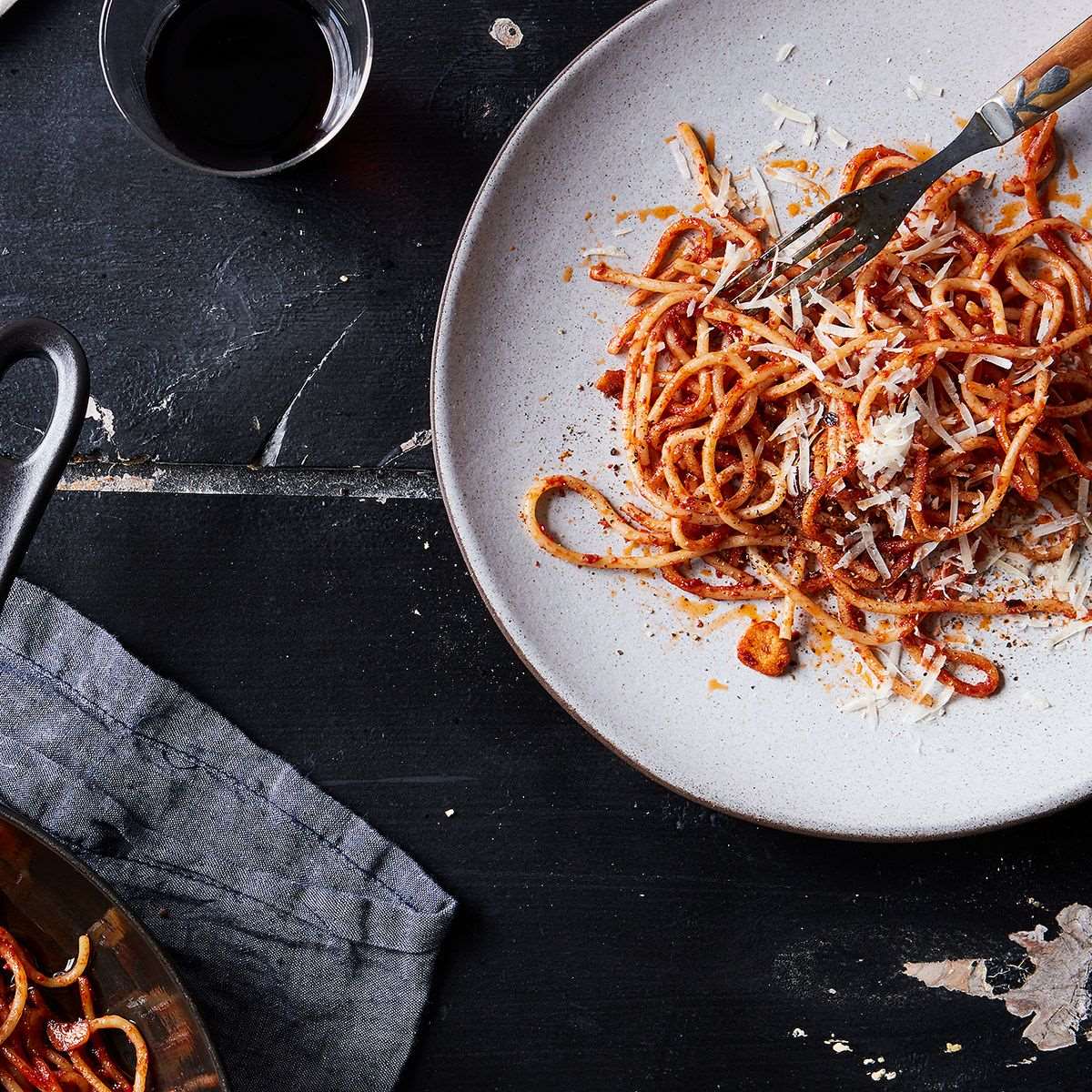
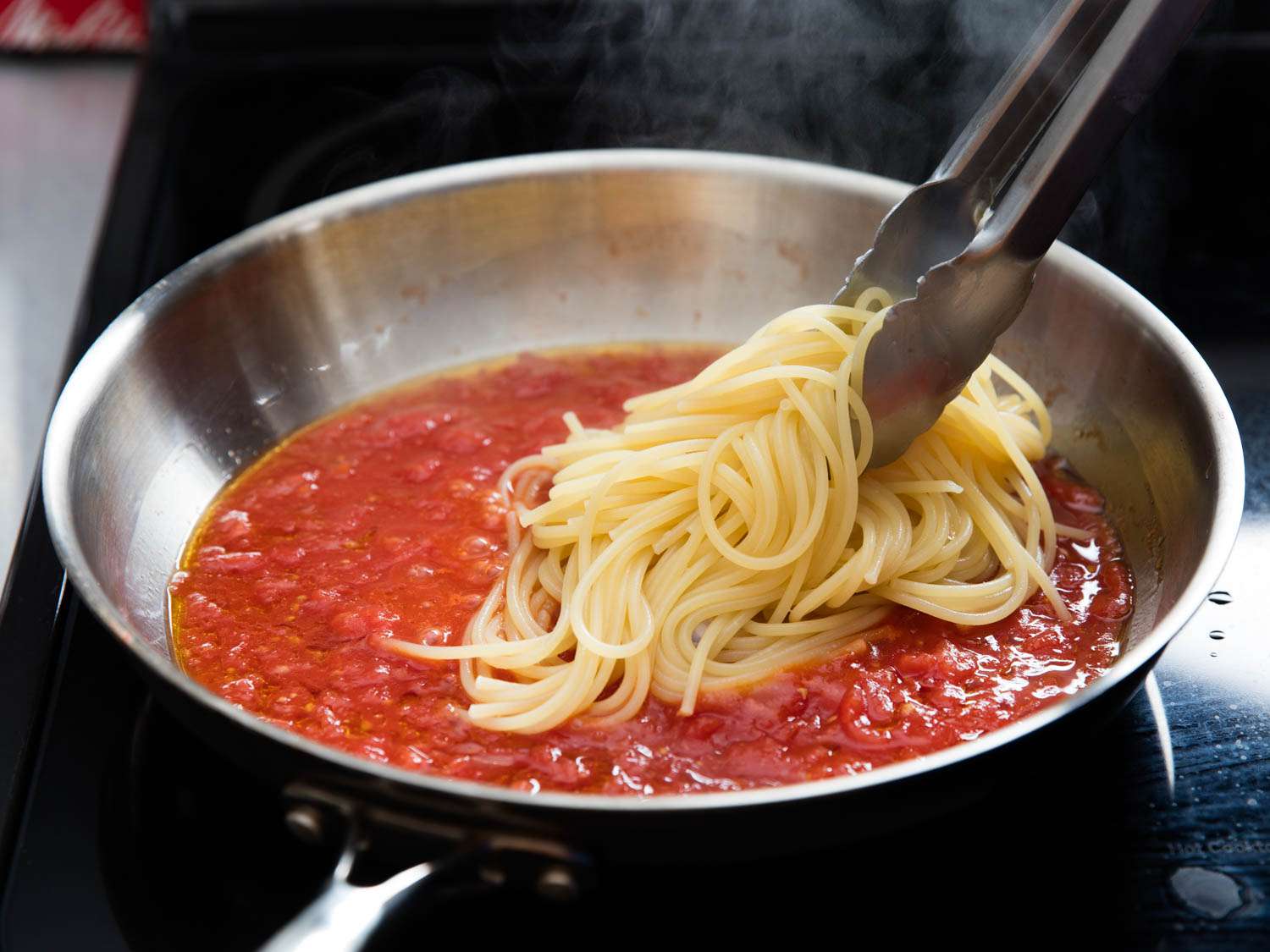
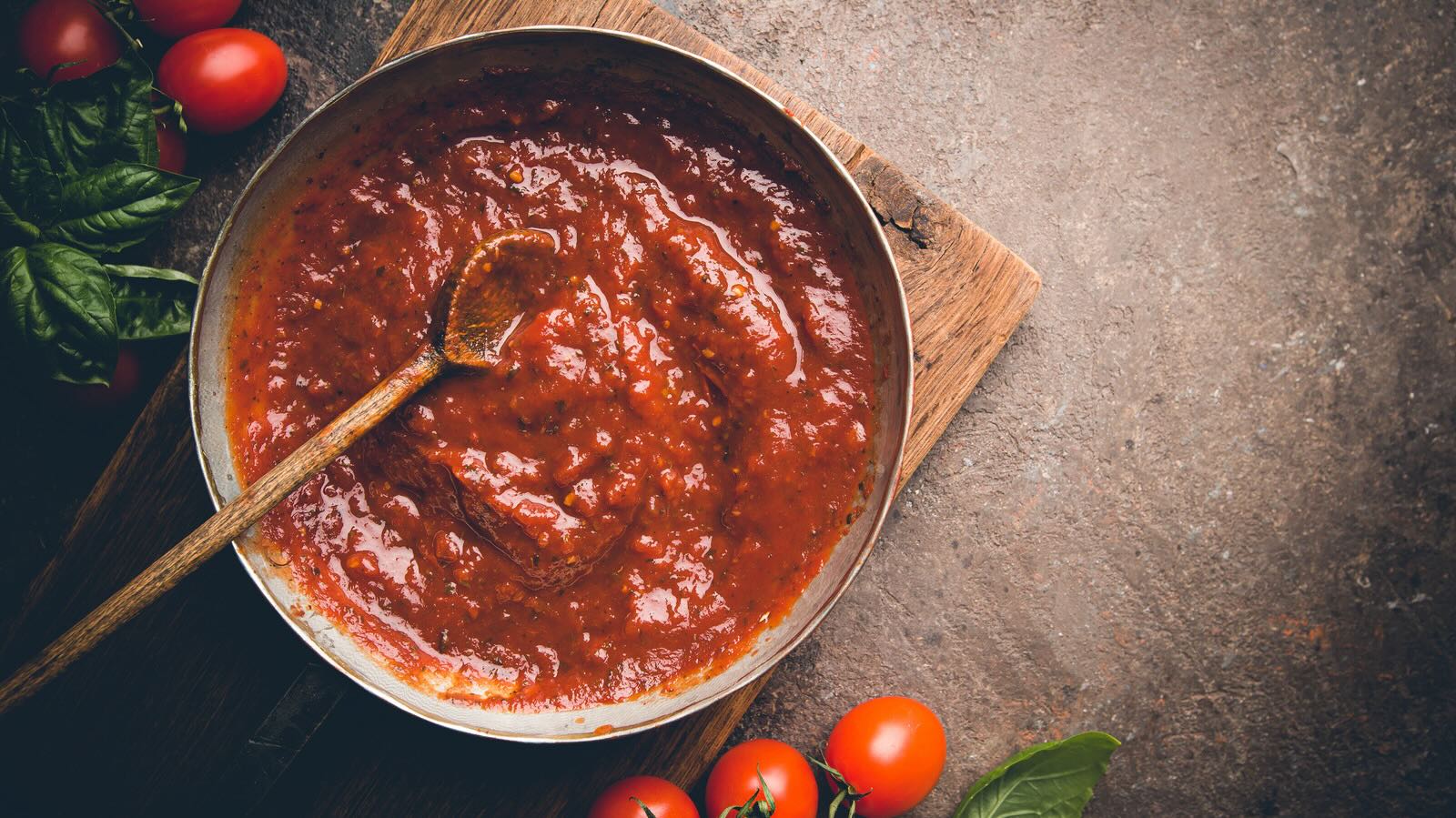
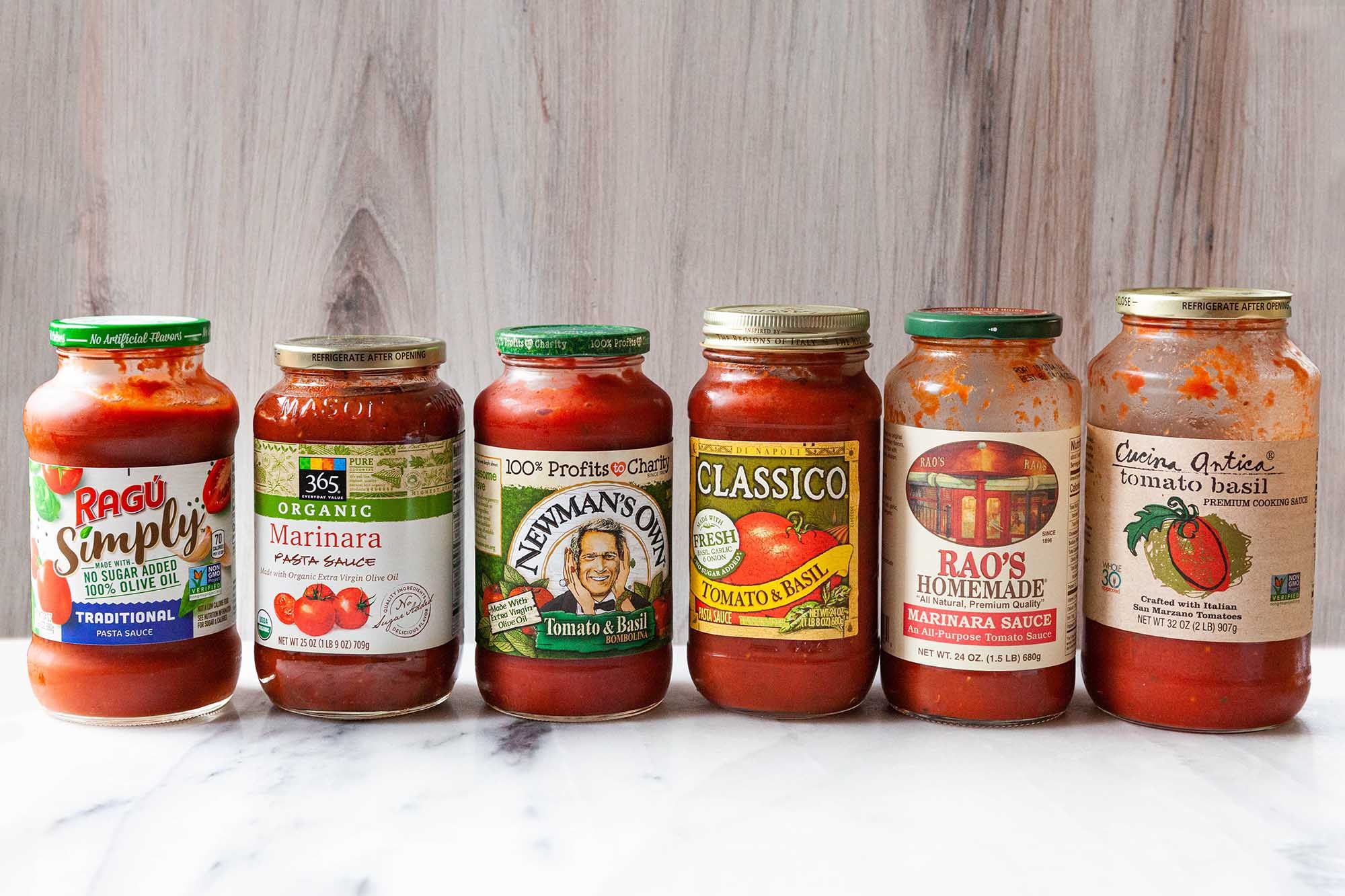
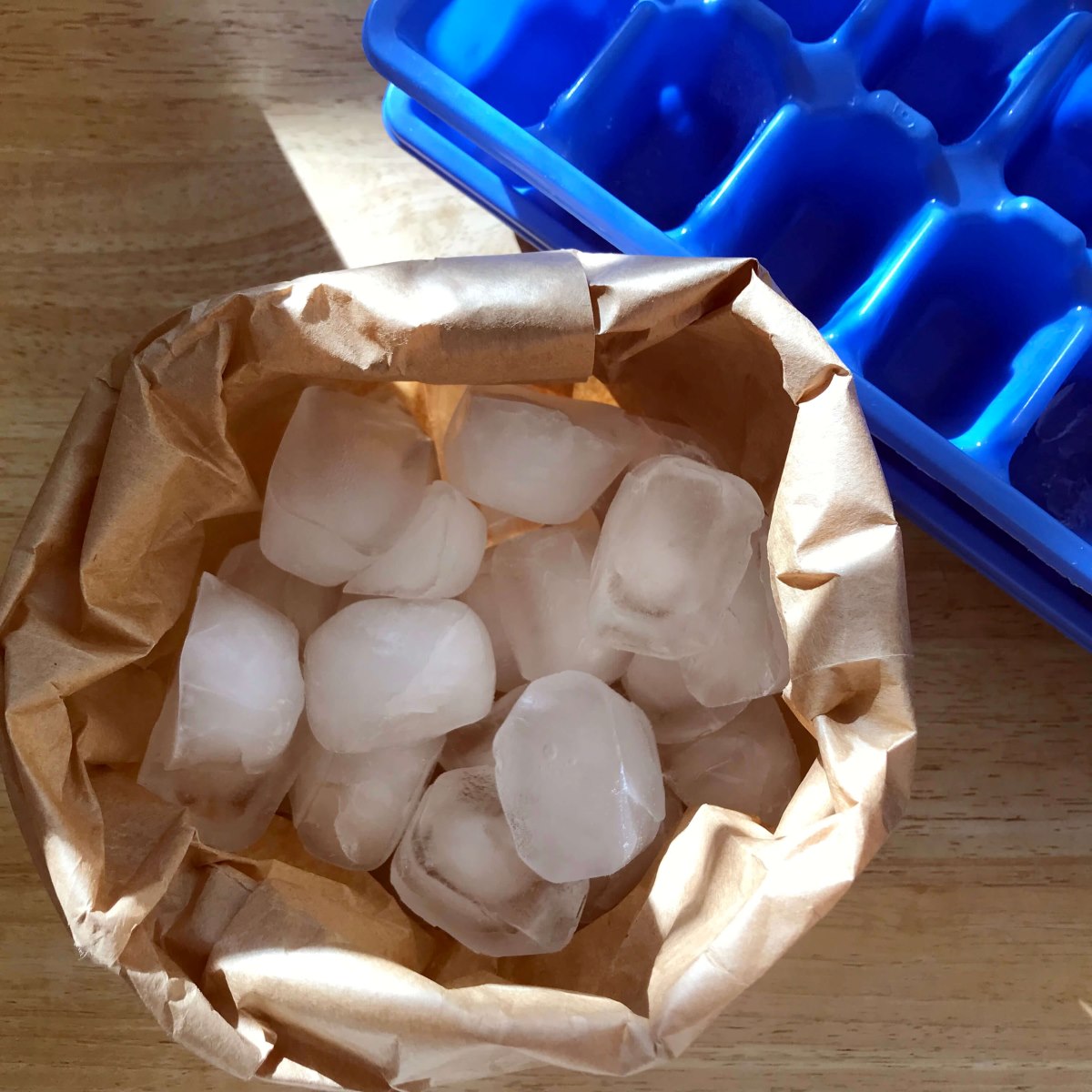
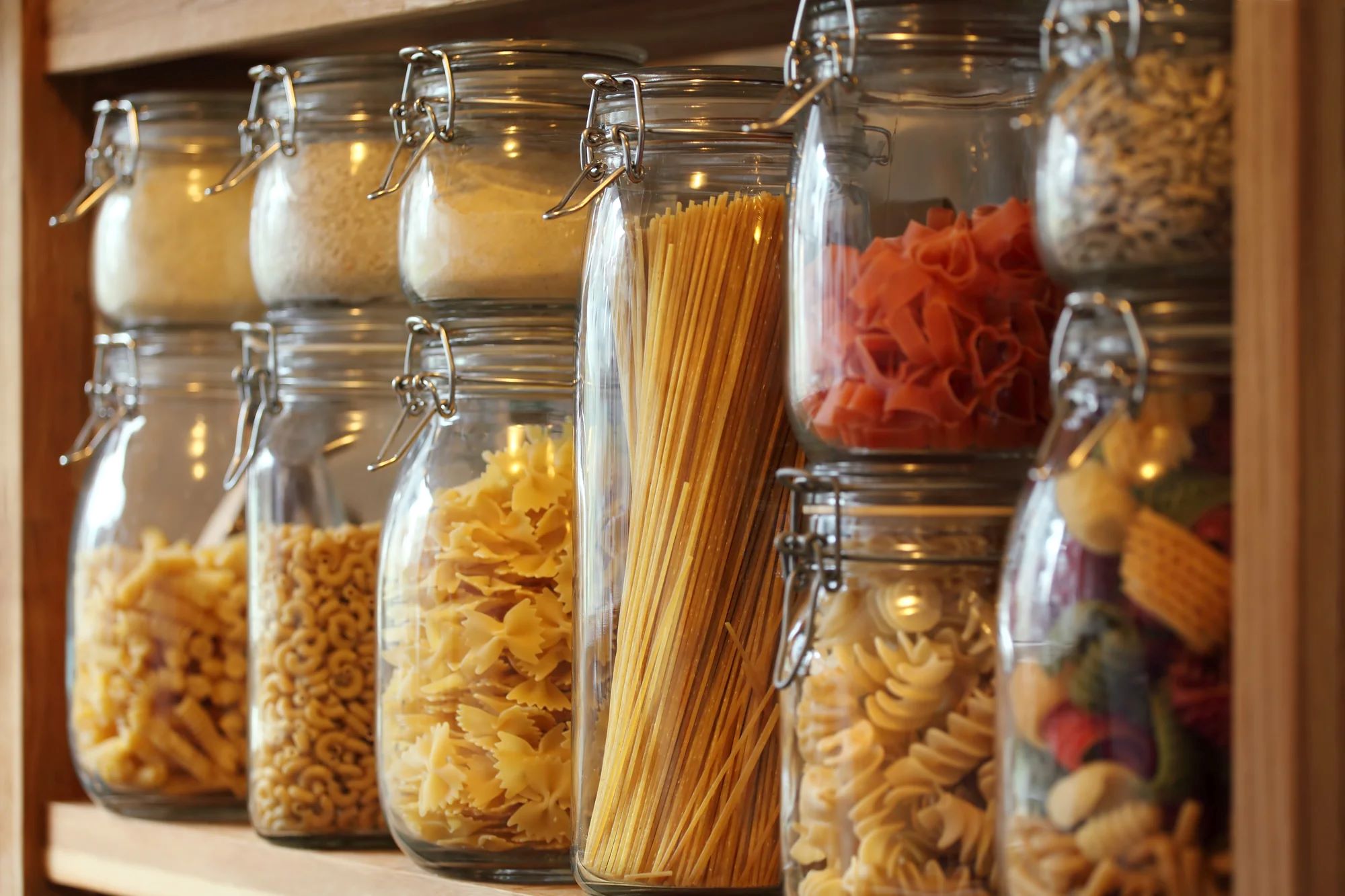
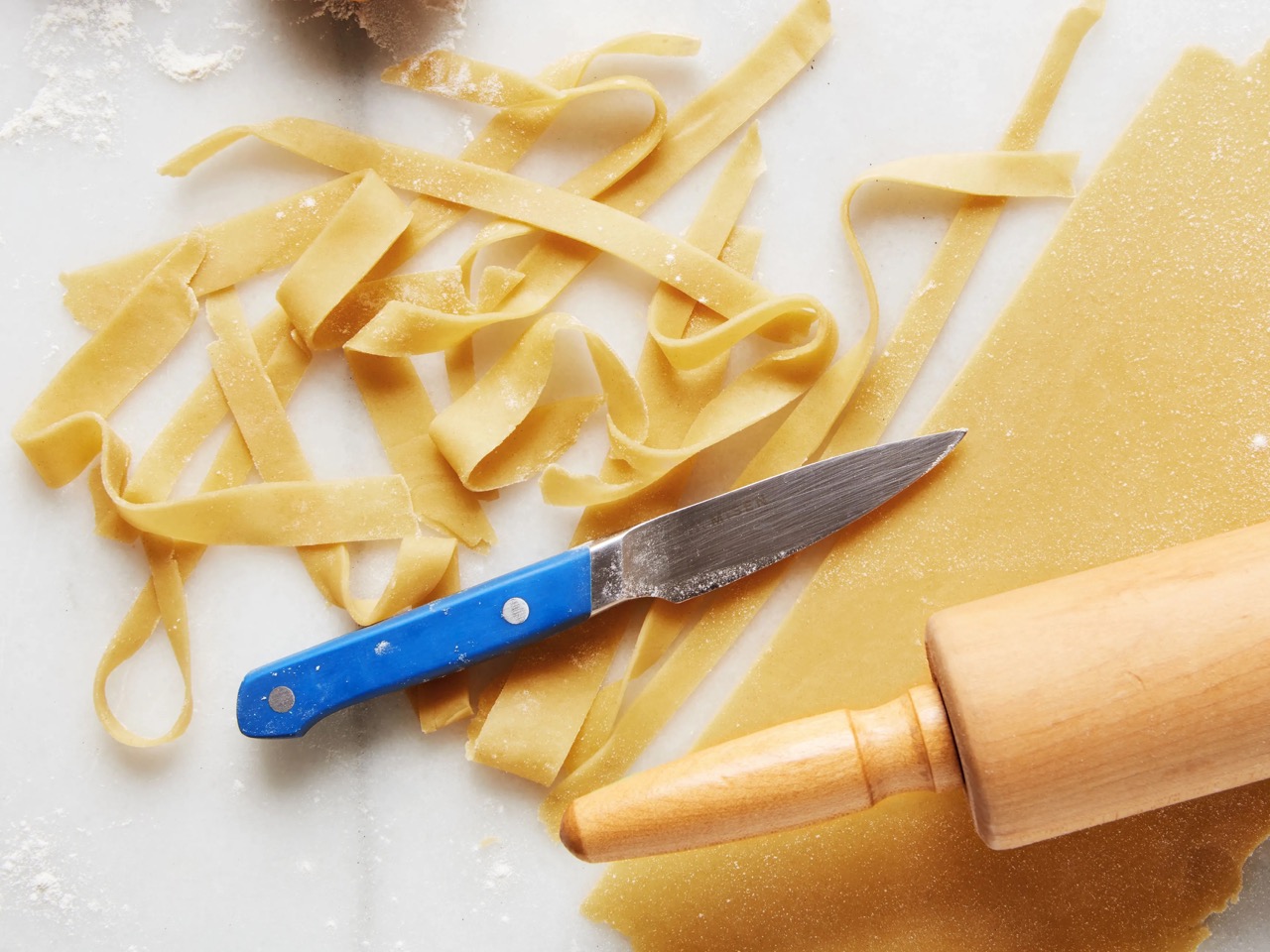
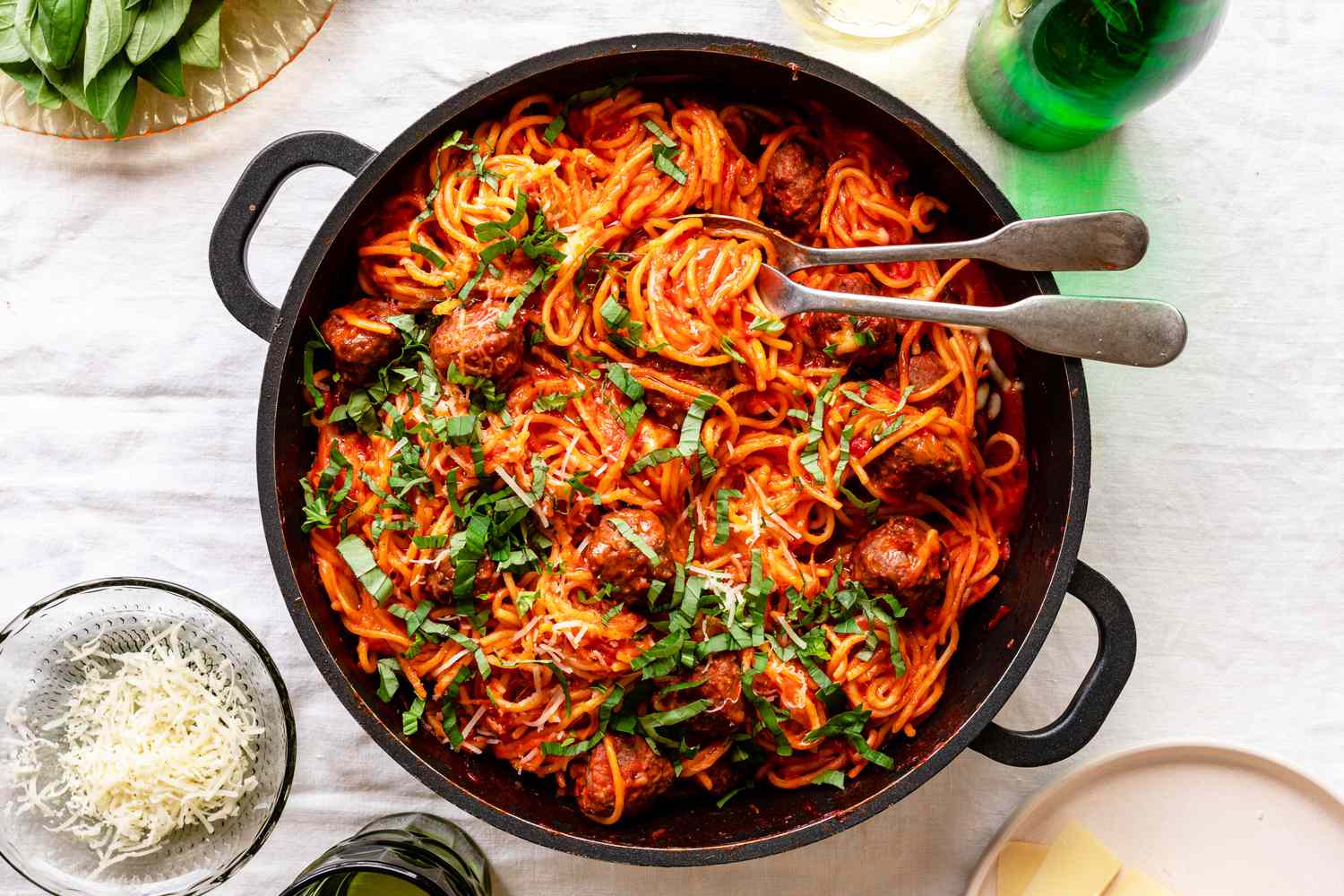
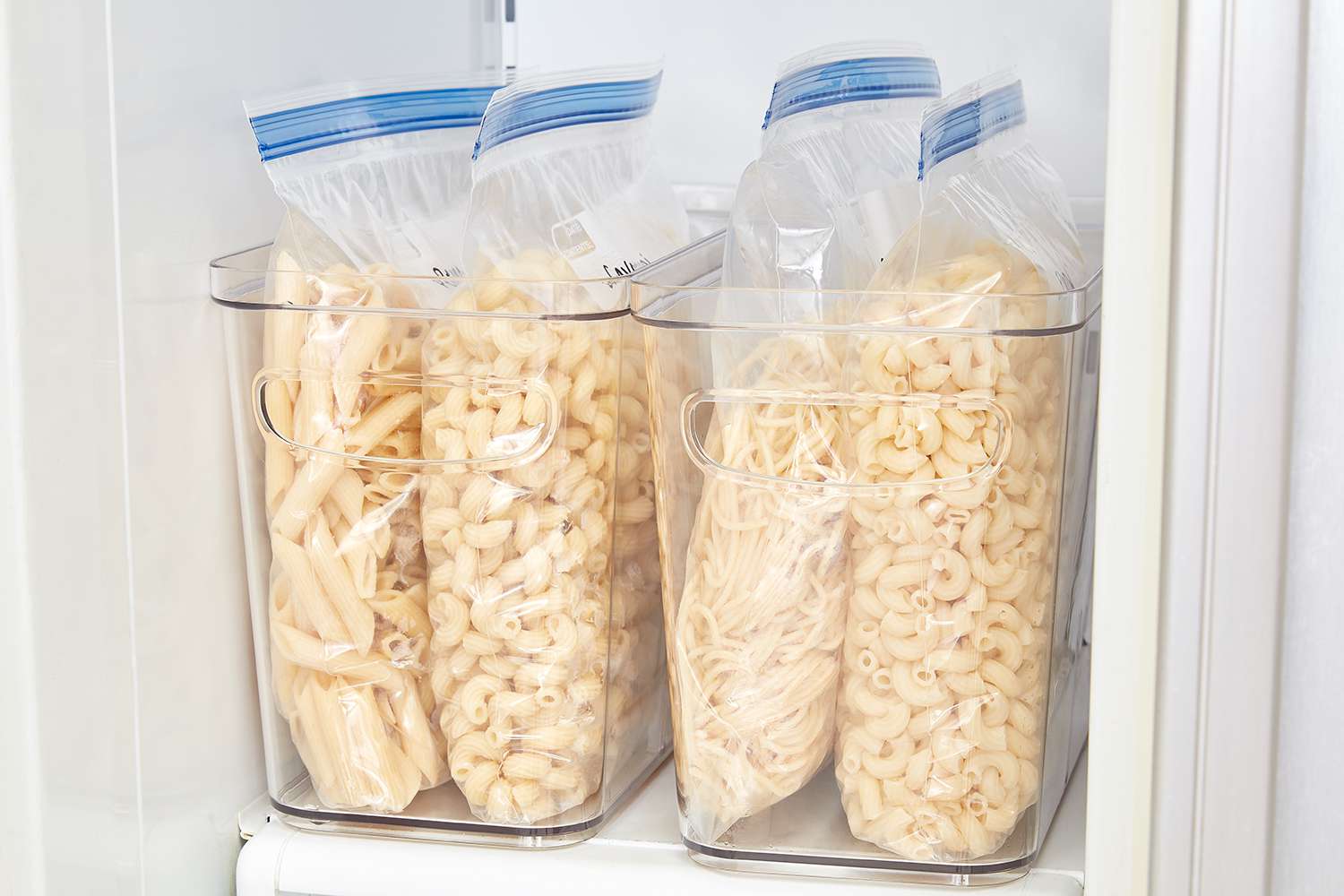
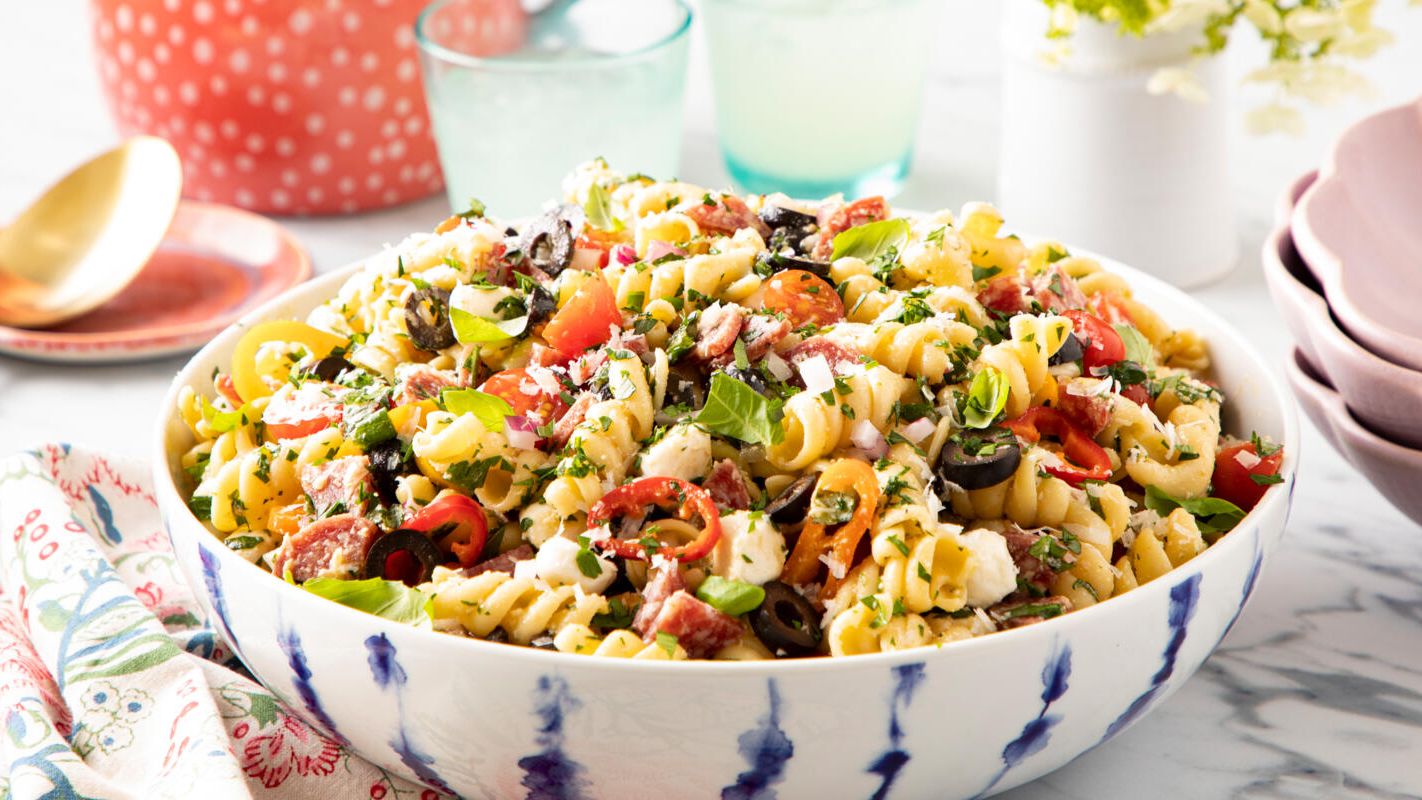
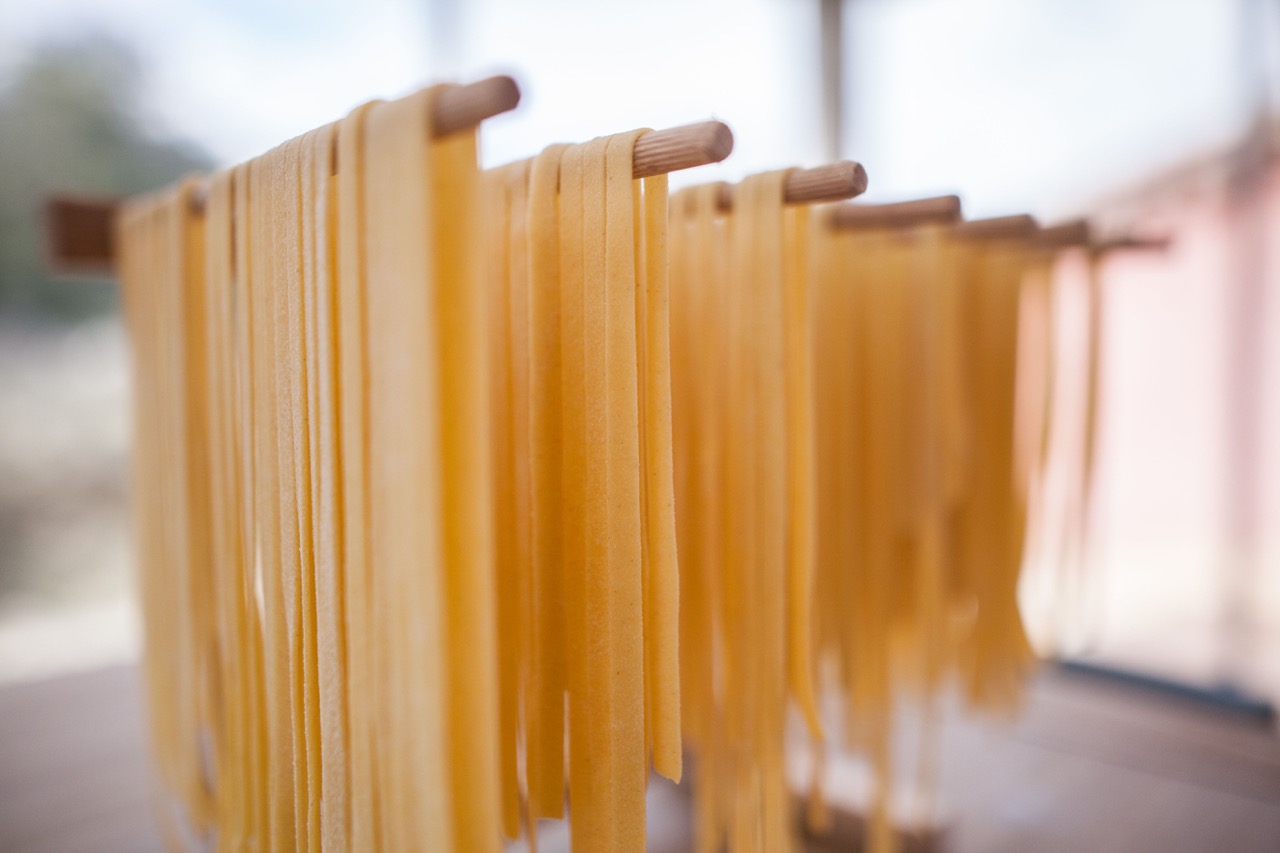
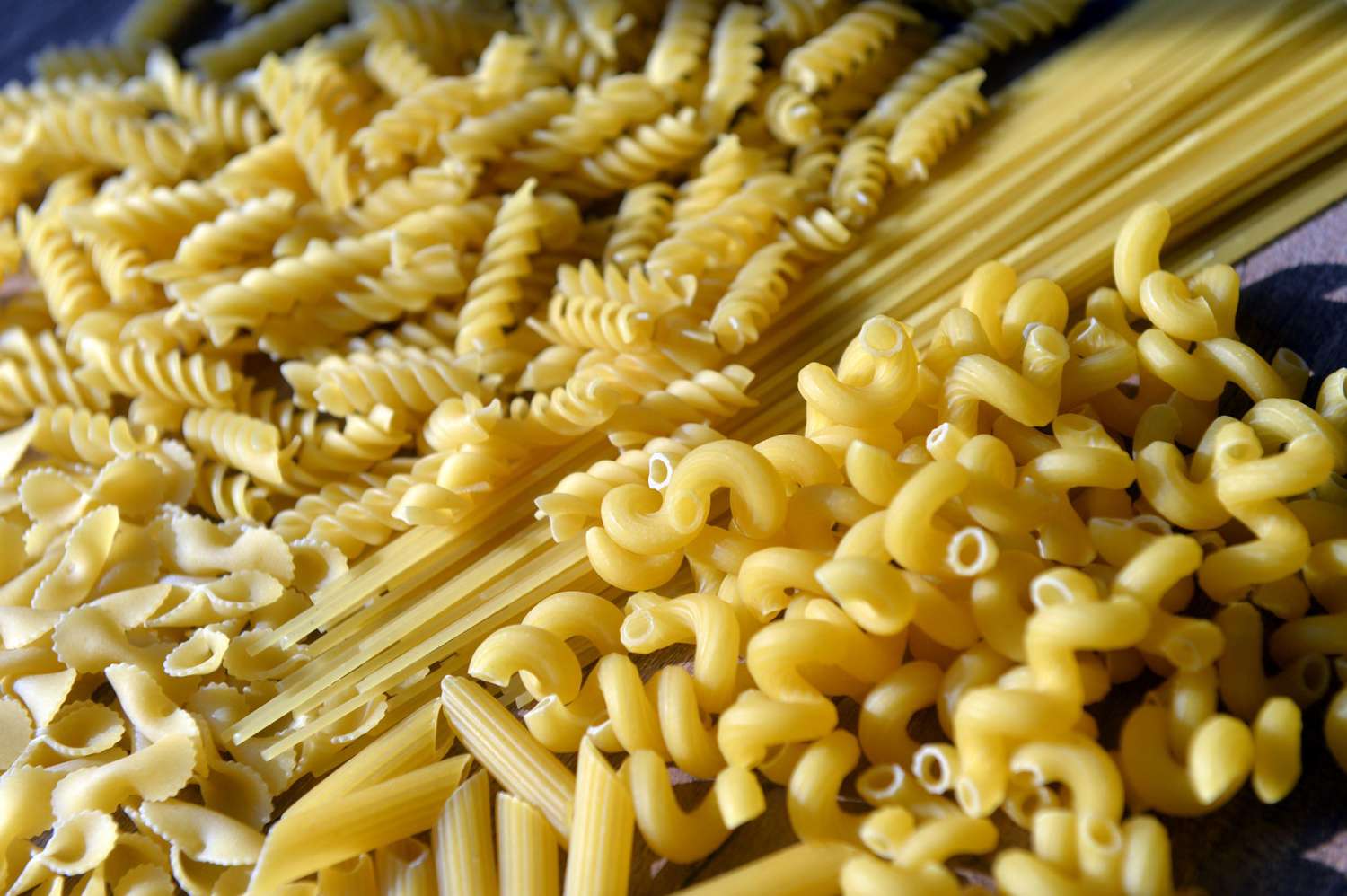
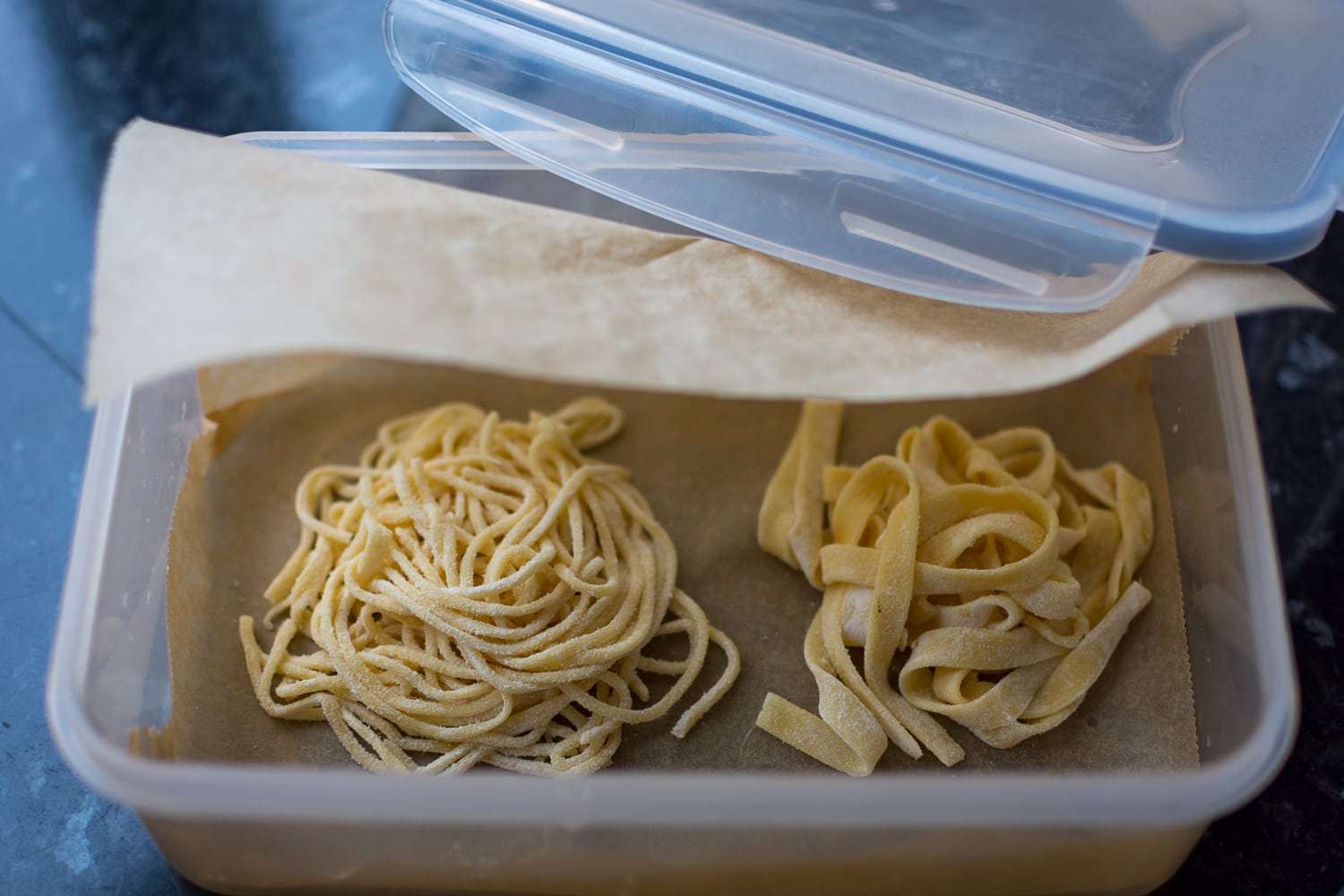


0 thoughts on “How To Store Cooked Pasta Without Sticking”